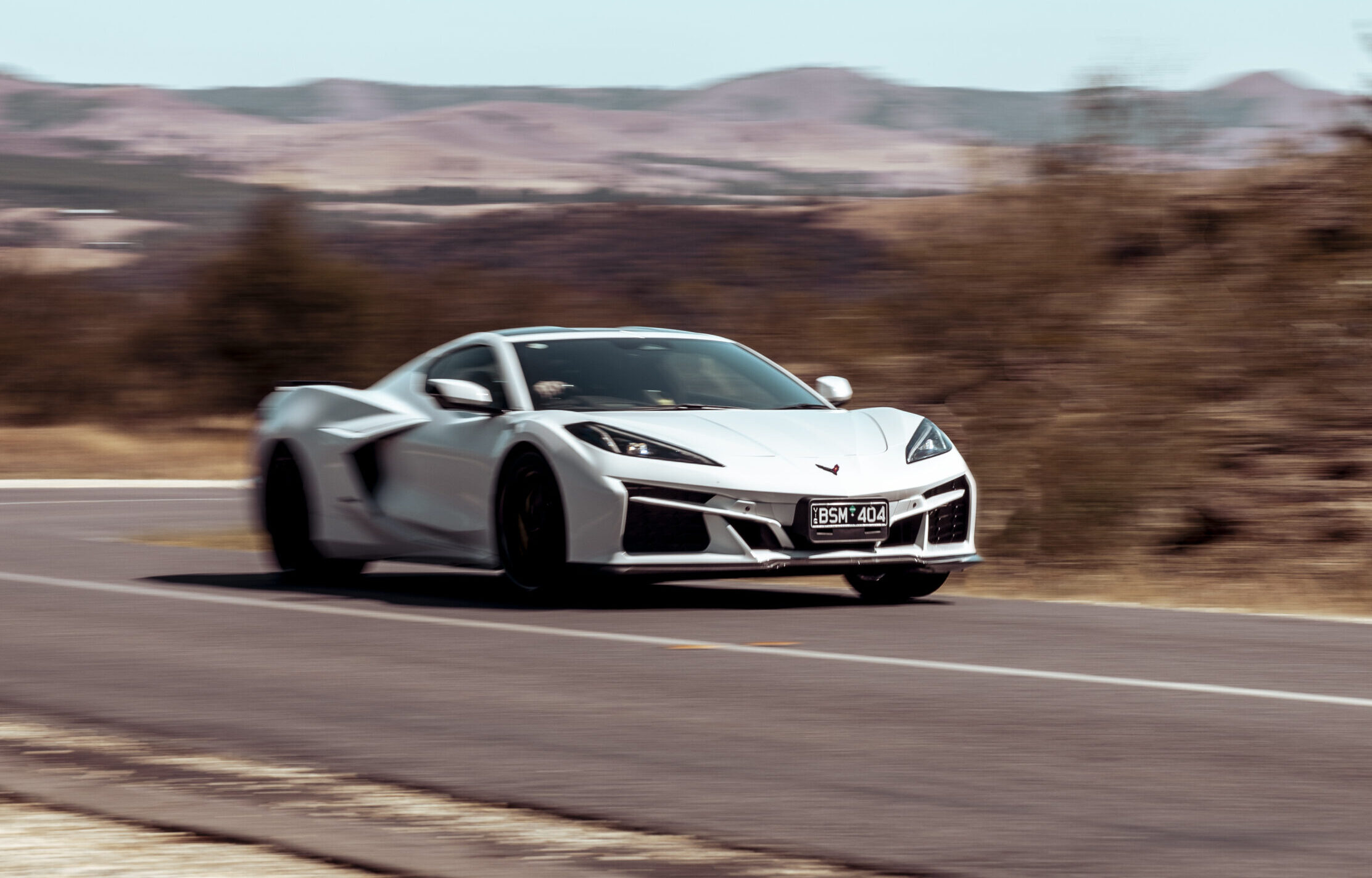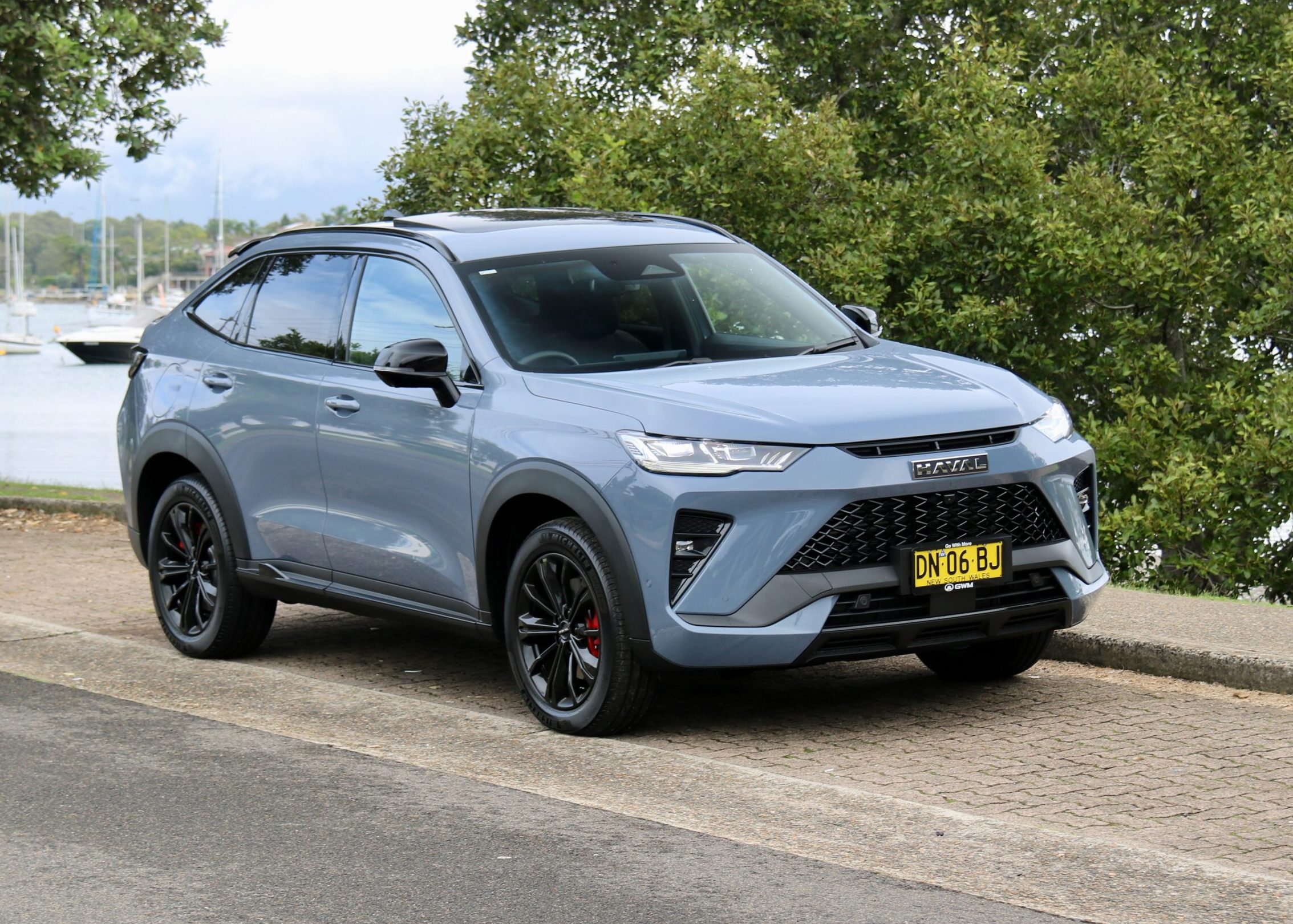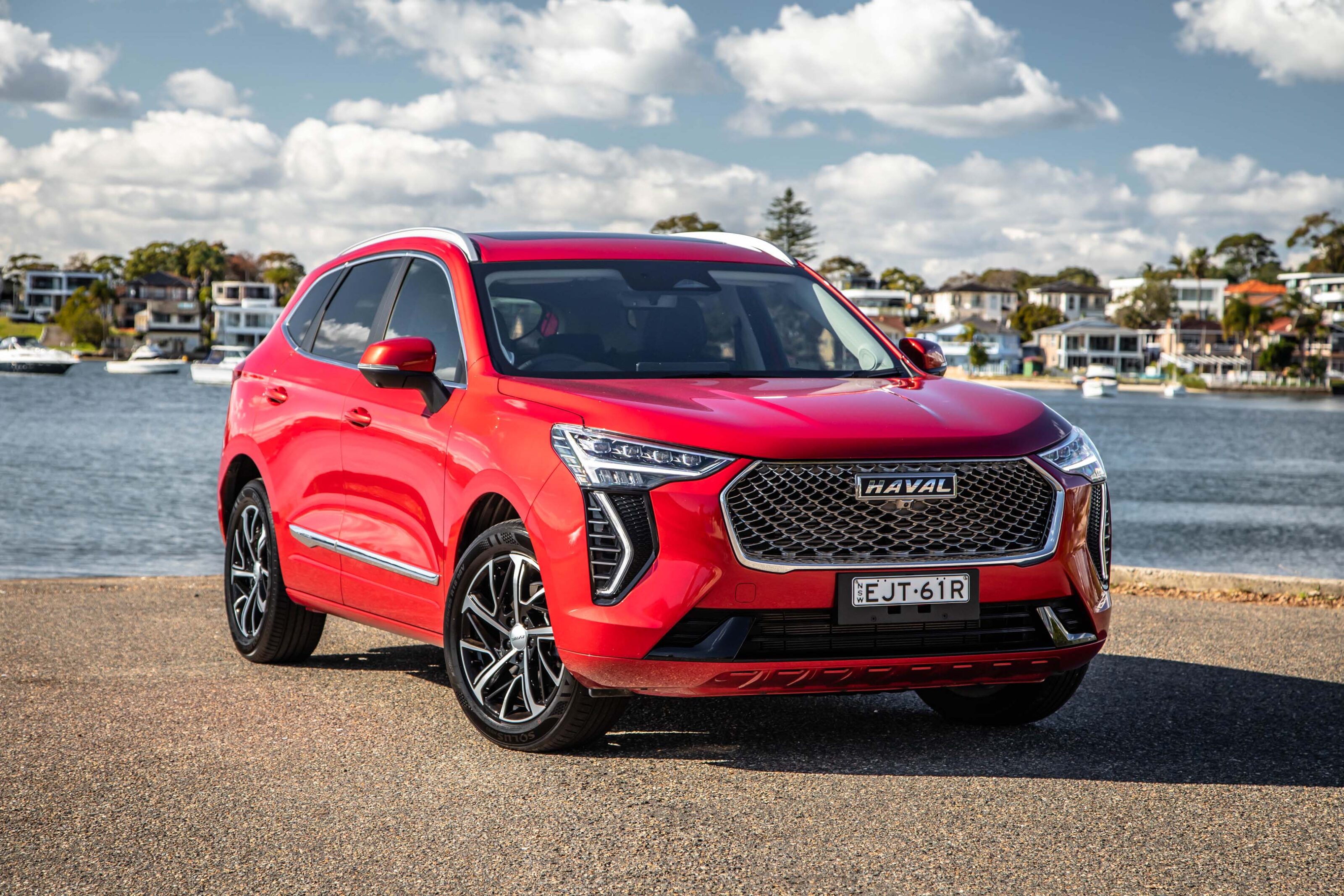
Score breakdown
Things we like
- Solid cost of ownership
- Heaps of gear
- Huge interior
Not so much
- Noisy suspension
- Media and dash software lack polish
- Dithery gearbox
The GWM Haval Jolion arrived almost a year ago to replace its H2 predecessor. It was obviously a huge jump forward over the older car in every way – better looking, far higher levels of safety and technology and a competitive drive-away pricing structure. Simple, straightforward and a statement of intent.
Its first year on sale appears to be going well, with more than 3000 units shifted. That is an impressive performance for a new nameplate from a challenger brand.
It has blown past the well-established Honda HR-V and Suzuki Vitara, perhaps helped by supply constraints, but in the end, you gotta be in it to win it.
Since we drove the Lux last year, the Ultra has arrived, fully stacked with gear and while more expensive than any H2 – and playing with the big kids – it looks like a lot of car for the money.

What is the Haval Jolion?
The Haval Jolion is a five-door compact SUV from Great Wall Motors (GWM). Haval is GWM’s SUV brand which also offers the larger H6.
The Jolion – derived from the word “chulian” meaning first love in Mandarin Chinese – arrived in October 2021 and is made in the firm’s Baoding plant in China, the Rayong plant in Thailand and in Russia.
Obviously, we don’t have to worry about our cars coming from Russia. As best we can tell, our Haval cars come from China.
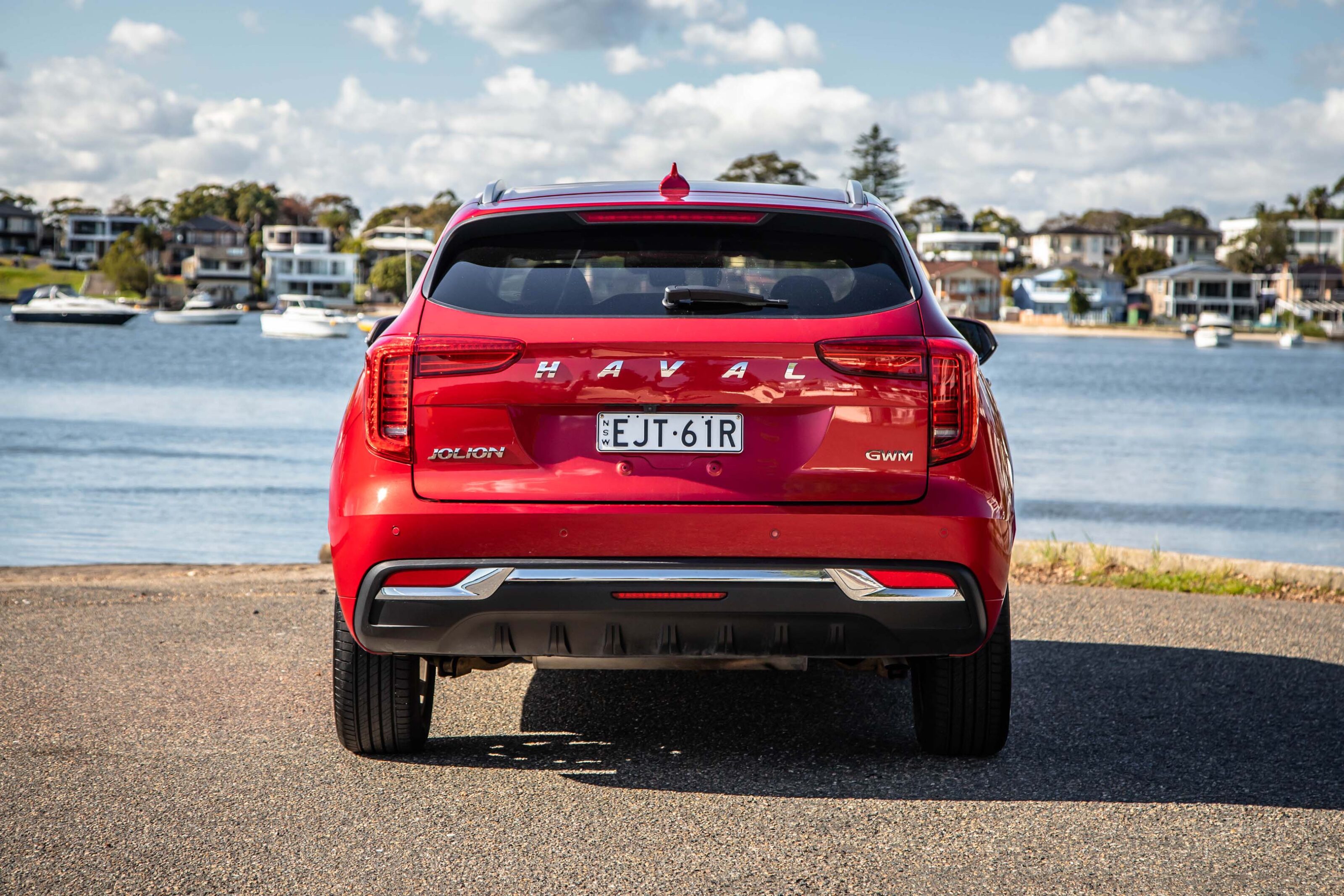
Pricing and features
At $33,990 the Jolion Ultra is the third of three spec levels, all with drive-away pricing. It’s also properly loaded, taking it up to pretty much anything in the class and making sure it has more ticked boxes than the others.
For your money you get 18-inch alloys, reversing camera, multi-view cameras, front and rear parking sensors, fake leather trim, digital dash, 12.3-inch touchscreen, active cruise control, dual-zone climate control, powered and heated front seats, leather steering wheel, LED lighting (including headlights, daytime running lights and fog lamps), six-speaker sound system, panoramic sunroof, wireless charging pad, head-up display and a space-saver spare.
The jump from the Lux to the Ultra is mainly about the bigger screen, wireless charging, sunroof and the HUD.
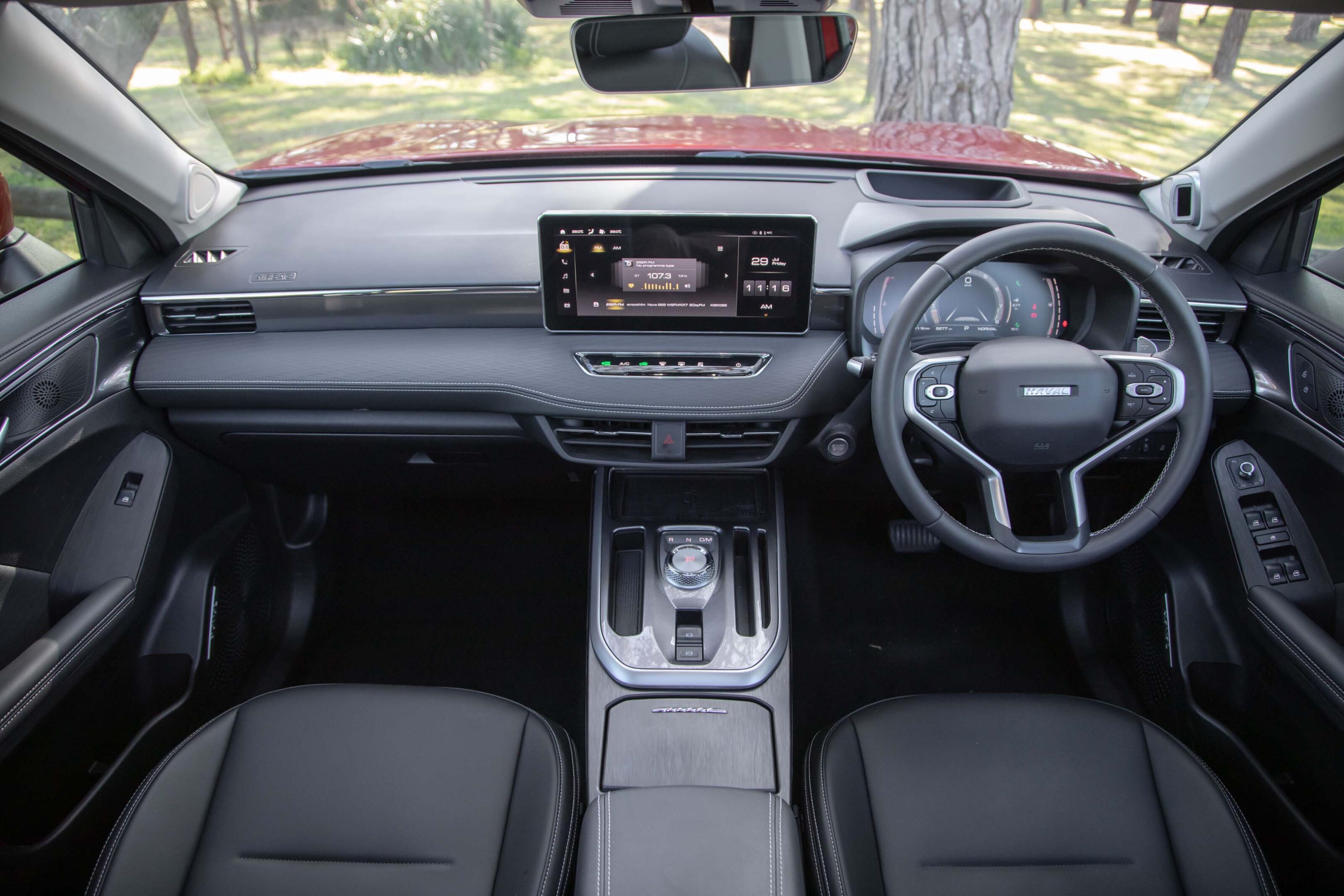
That bigger 12.3-inch screen has much better software than I remember on the already decent-sized unit in the Premium and Lux. It’s easier to use and look at, with good-sized targets for your fingers to hit, as well as a few detail differences.
A fair bit of polish is required before it’s on par with, say, Hyundai’s big screen offering. The controls for the seat heating are hidden away in a settings menu and are not flipped over from left-hand drive cars.
It’s nice hardware, though, with a crisp presentation and fast responses. Apple CarPlay looks really good on it, so I guess Android would as well.
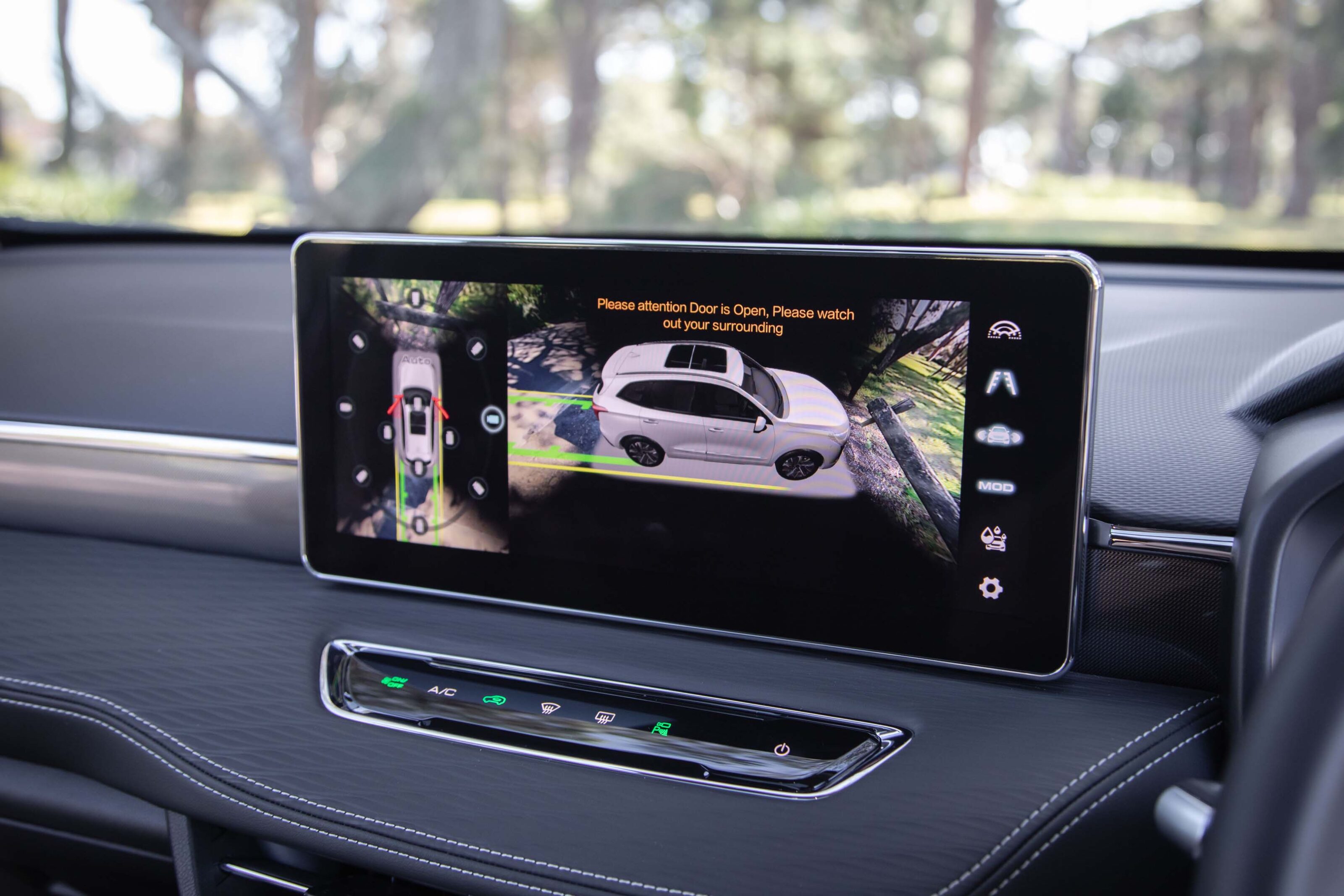
Finding your fuel consumption average still seems impossible, either in the instrument panel or the central screen. And some of the warning messages are delightfully silly. Less silly and more annoying is that on the car I had, the tyre pressure warning would not go away despite me checking the pressures were correct.
The comprehensive safety package includes seven airbags (including a centre front airbag to help prevent head clashes in a side impact), the usual braking and stability controls, secondary collision avoidance, forward and reverse auto emergency braking, rear cross-traffic alert, forward collision warning, lane departure warning, lane-keep assist, lane centring, emergency lane-keep assist, traffic sign recognition, blind-spot monitoring with lane-change assist, two ISOFIX points and three top-tether points.
Haval’s forward AEB handles pedestrian, cross-traffic and cyclist detection while the rear AEB works with the reverse cross-traffic alert.
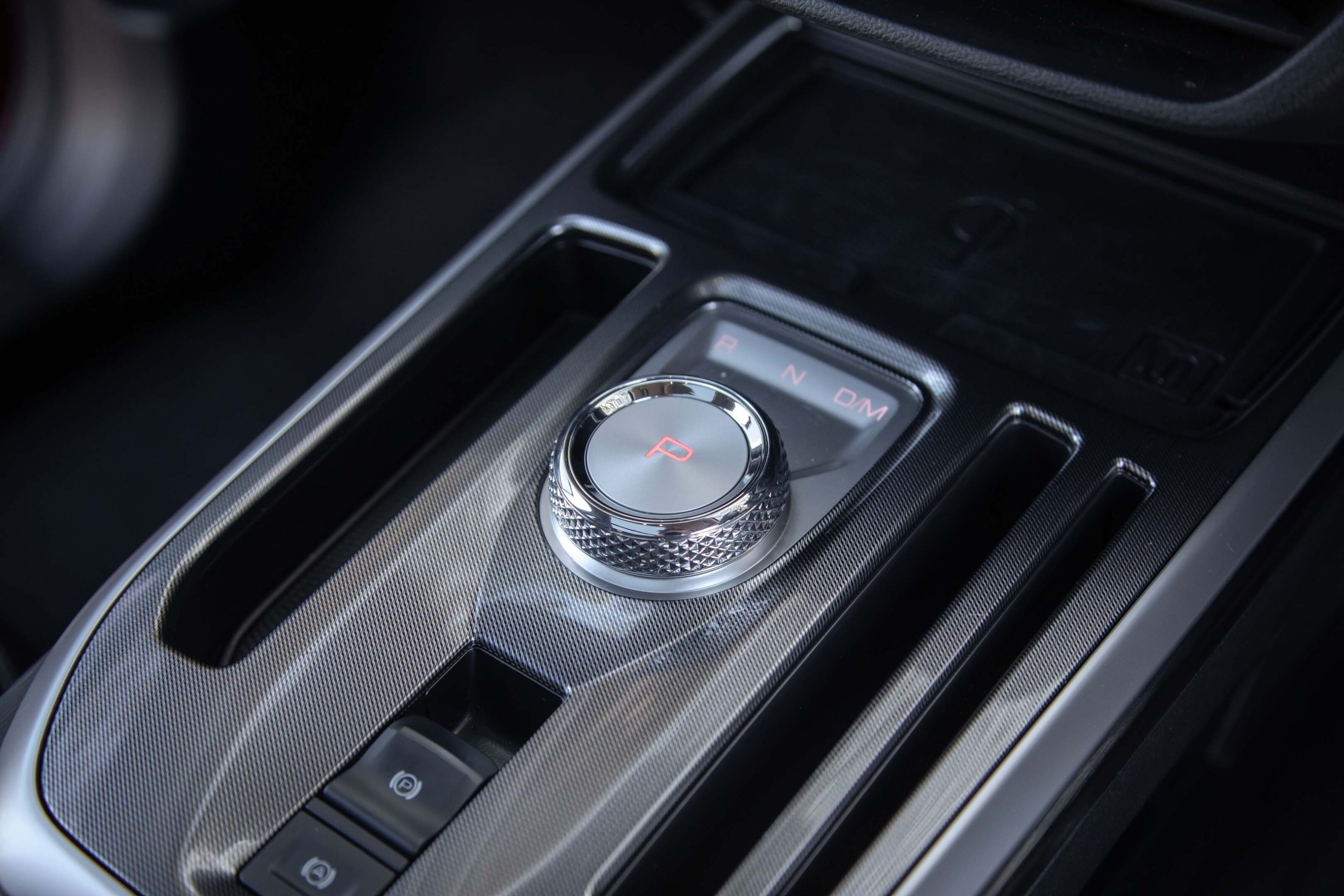
It’s an impressive package but the Jolion is yet to be assessed and crashed by ANCAP. Given it shares much of its componentry with the larger H6 that has a five-star rating, one imagines this is the likely result, but you never can tell until it happens. It’s also worth noting that that safety package is identical across the range.
Of the six available colours, only one is free (predictably, it’s white) while the rest are a near-reasonable $495. There are no other options available.
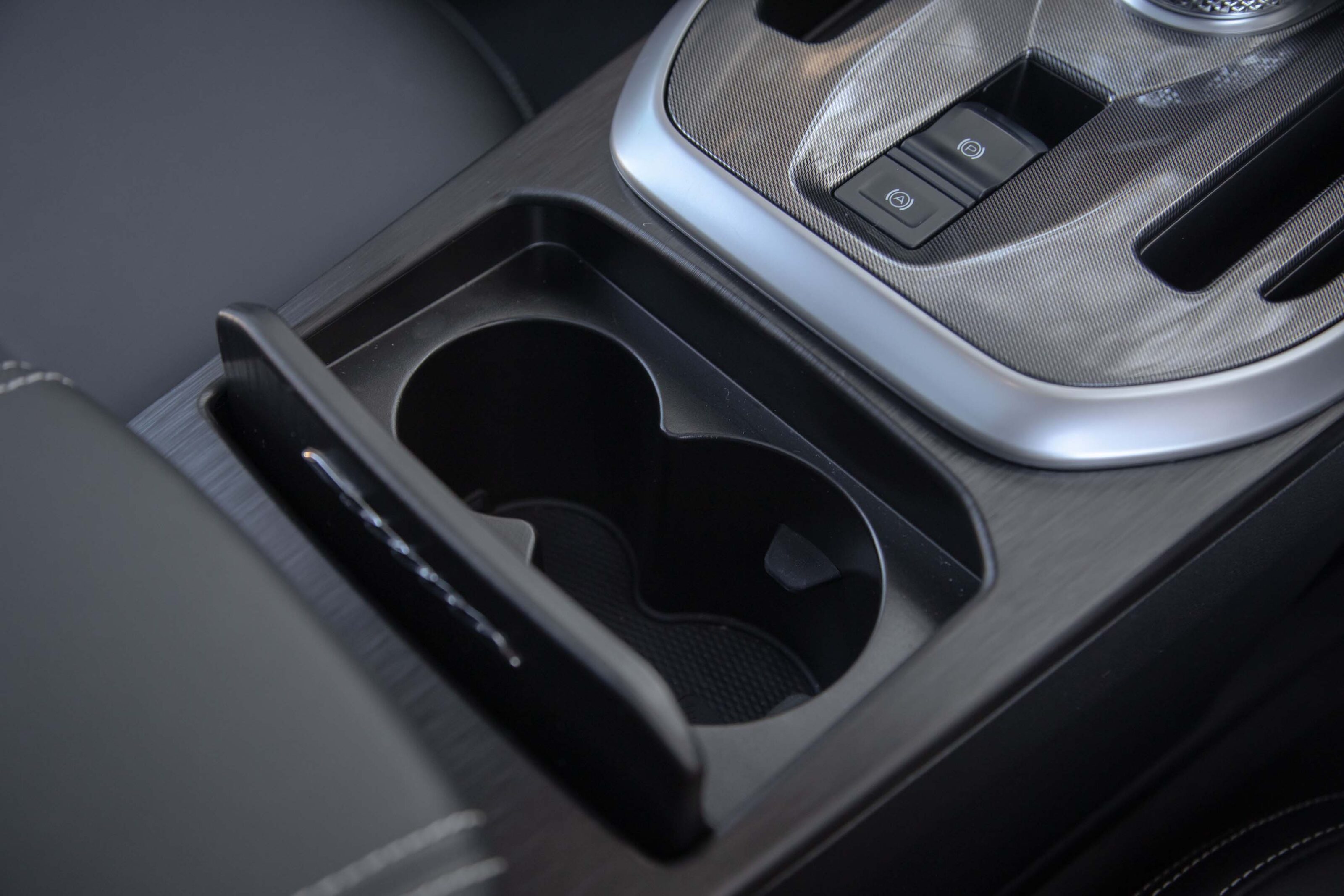
Comfort and space
The Ultra’s cabin is clothed in a fairly convincing fake leather, which is a good start if you like that kind of thing. The front seats look a bit racy but feel fairly flat and wide when you’re sitting in them.
One of the first things that gnawed at me was the fact the steering wheel only adjusts for rake and not reach, which made getting things just so impossible. I got comfortable enough but was never completely happy.
Most things are in easy reach – the asymmetric cup holders are between the seats, you don’t have to reach to use the touchscreen and there is good storage in the doors. Out of reach are the USB ports, which are on the passenger side and in an open storage tray between the seats. They’re hard to get to, in other words.
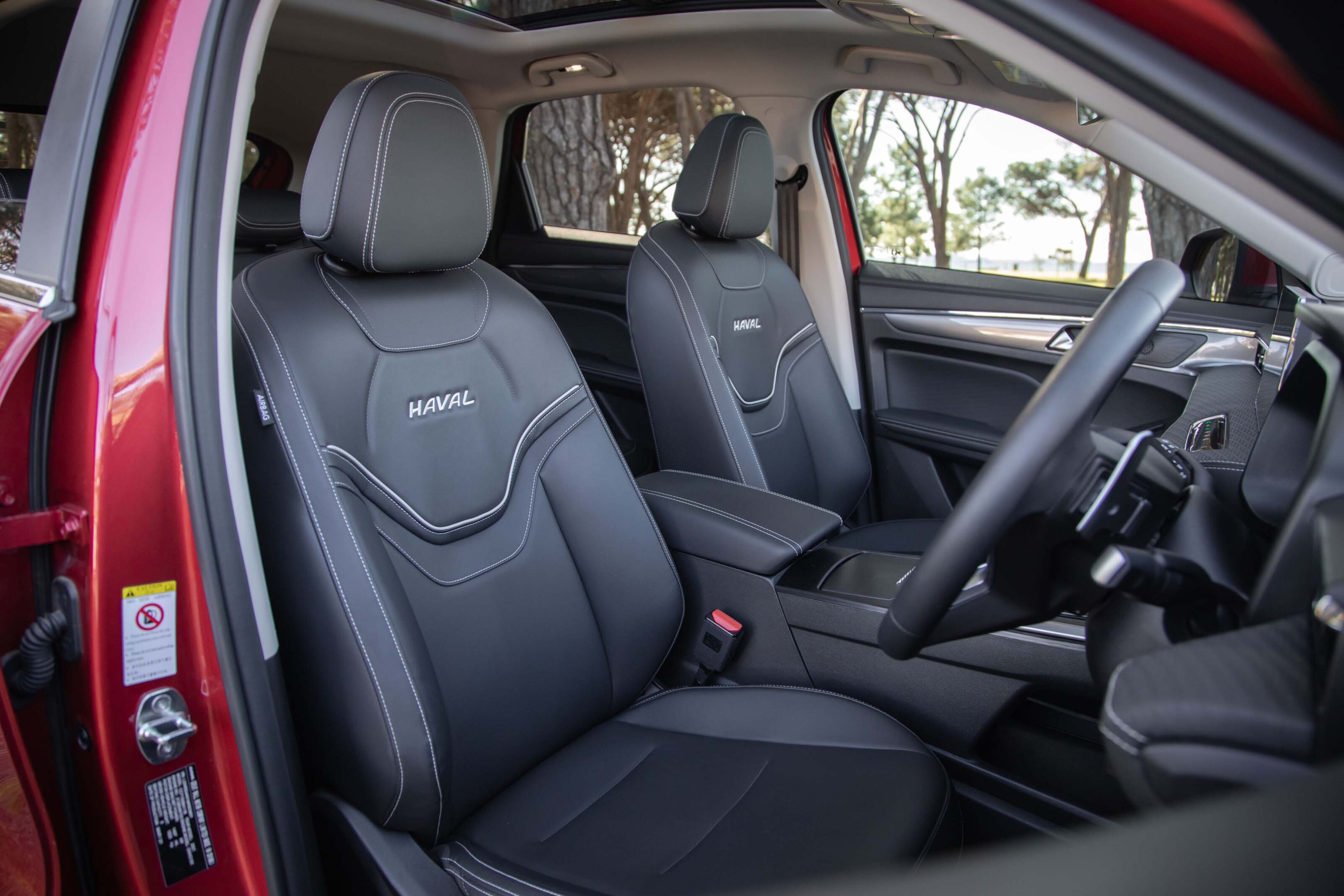
But you’ve got plenty of space and the view out is excellent, so it’s very much a swings and roundabouts thing.
The rear seats are modestly shaped for two and if you stow a third person in the middle seat, they’ll be fairly happy because the near-flat floor provides a bit more space than having to straddle a transmission tunnel. You also get your own air vents and two more USB ports for charging.
Head, leg and shoulder room is excellent for two and bearable for three – there’s a lot of space in this car for rear passengers, space that would shame some larger SUVs a class above.
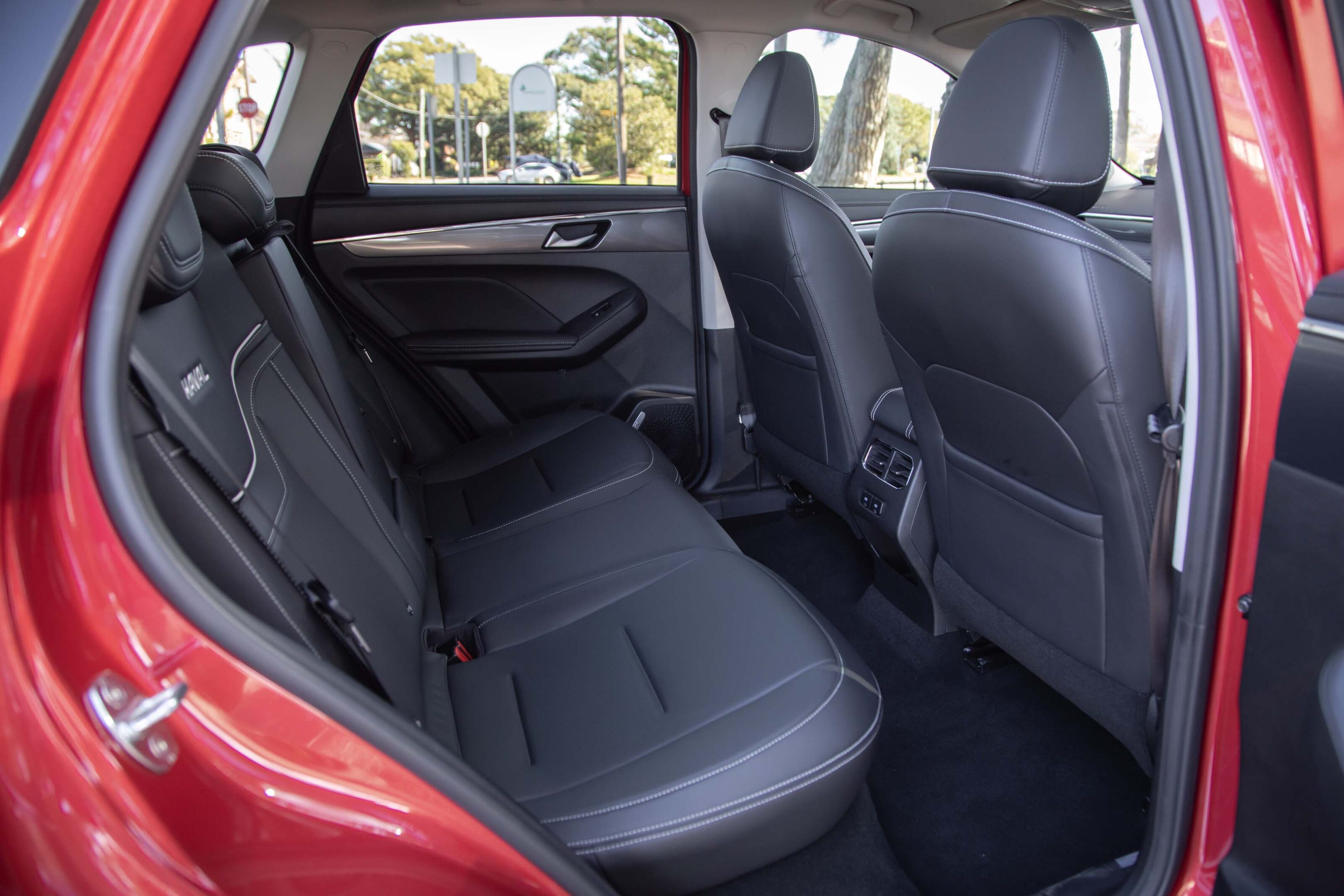
Moving to the boot, I would suggest that its 430-litre capacity is the largest in the class alongside the Kia Seltos that provides another three litres to fill.
The loading aperture is wide and the loading lip not too high. With the 60:40 split-fold seats out of the way, you have 1133 litres, which is again quite a bit of space.
Should the mood take you or you need to take a mood, the towing capacity is 750kg unbraked and 1500kg braked.
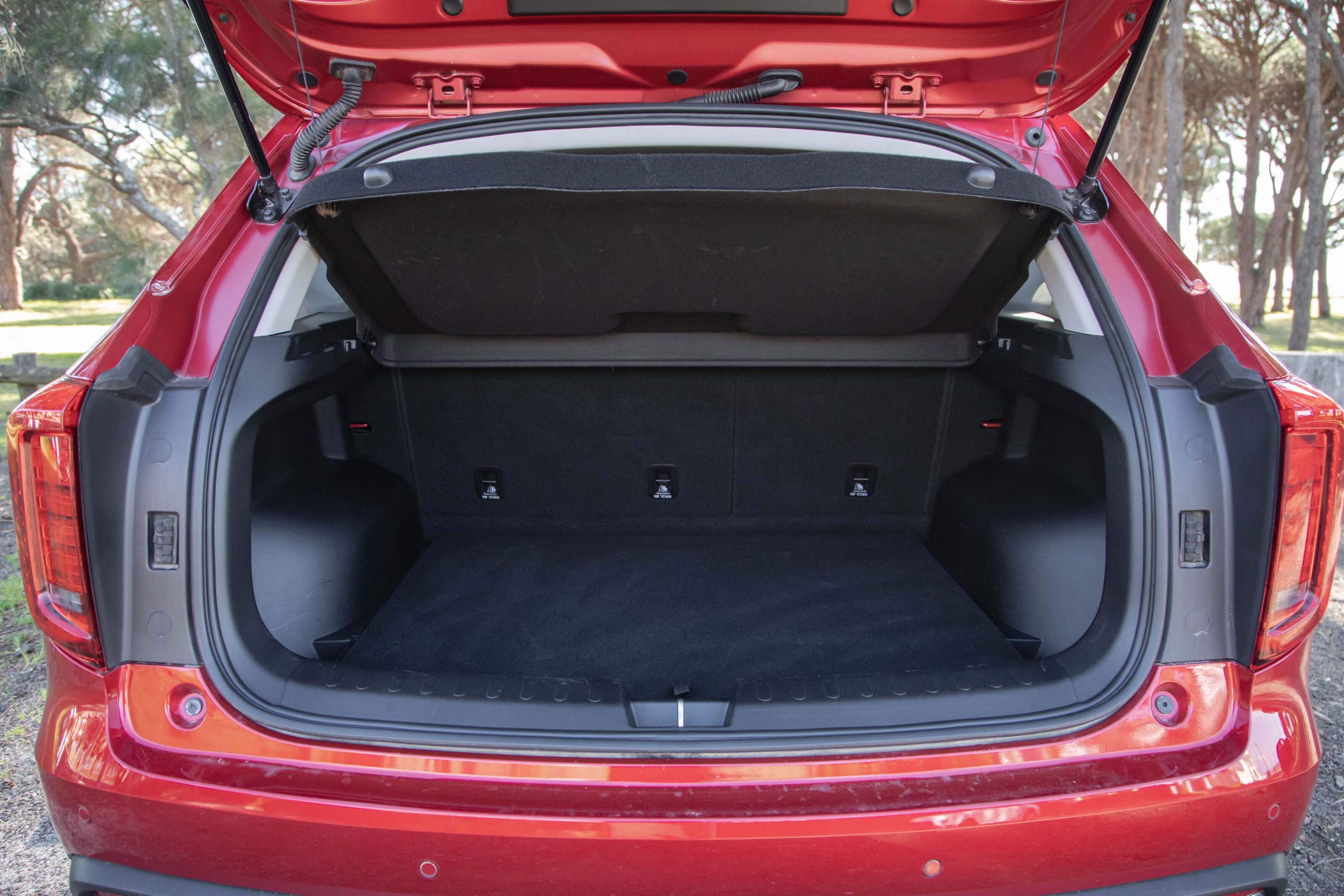
On the road
One thing that did stay in the shift from H2 to Jolion is the 1.5-litre four-cylinder turbo-petrol engine. It has 110kW and 210Nm, pretty standard outputs for the segment but operating in a very narrow window of power and torque outputs. Sending the power to the front wheels is a seven-speed dual-clutch transmission.
I’m not going to sugar-coat it, the driveline is the weakest link in this car, something you will notice every time you drive it. While the engine itself does a reasonable job, the transmission is exceptionally dim. Lots of rolling back, dithering on whether or not to engage the clutch and sometimes it randomly shifts up or down.
The same issue affects the H6 but if you get the complex hybrid version, the electric motor smooths it all over (and a hybrid Jolion has also debuted, linked below).
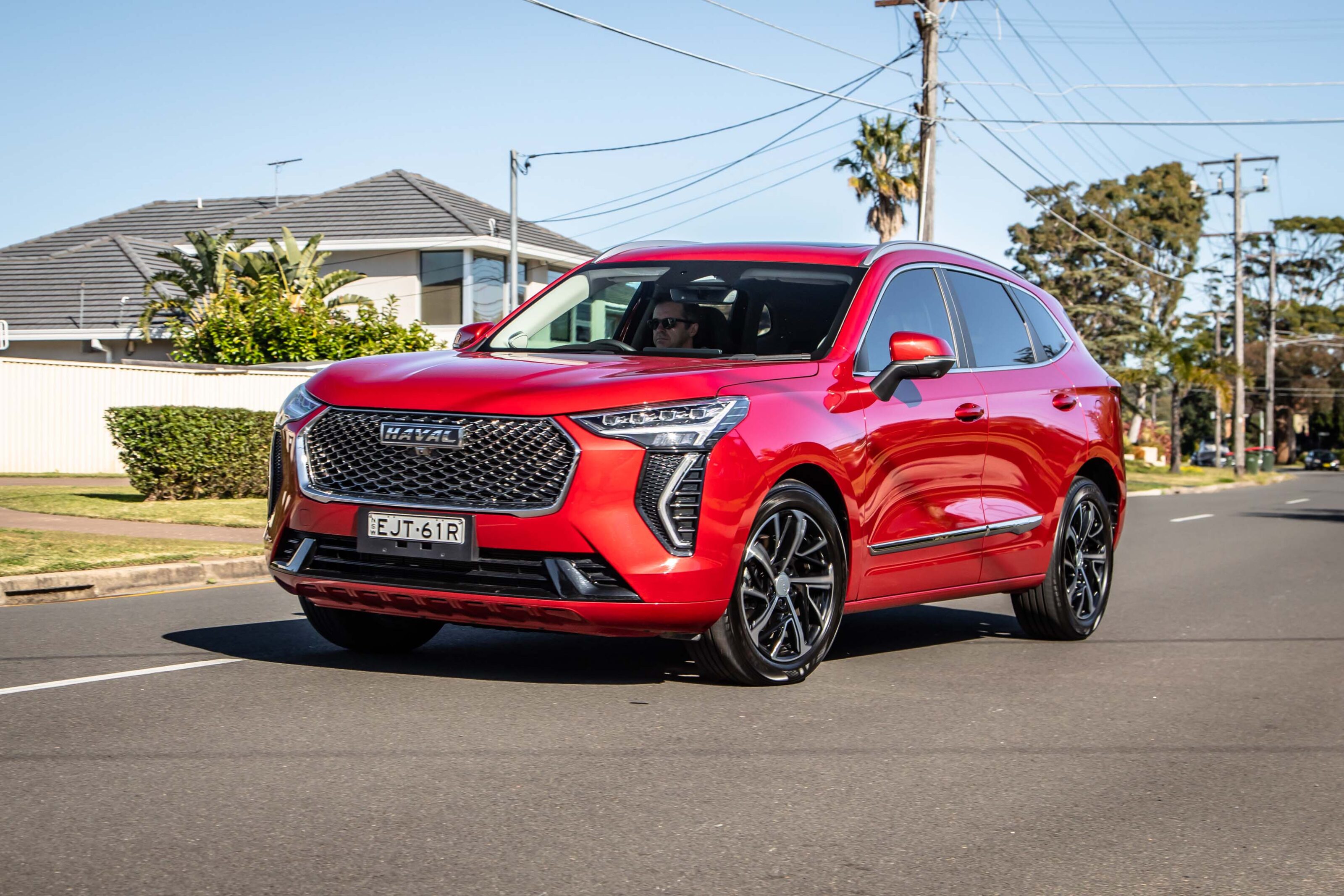
It’s a great pity because, in most other respects, the Jolion is quite good to drive. The nicely-weighted steering is a little wooden but not excessively so.
The Jolion is quite handy in the corners, though. While it will roll a little – it always feels a little tall – it has a decent amount of grip from the Kumho Solus tyres. It also behaves pretty well in the wet apart from gearbox-induced chirps, but it has a nice secure feeling.
However, the suspension is quite noisy. I didn’t find it remarkably so when I first drove a Jolion, but the impressive quietness of the H6 has made me rethink it. It’s just a constant hubbub of bumpity-bump-bump which is at odds with the largely smooth and composed ride.
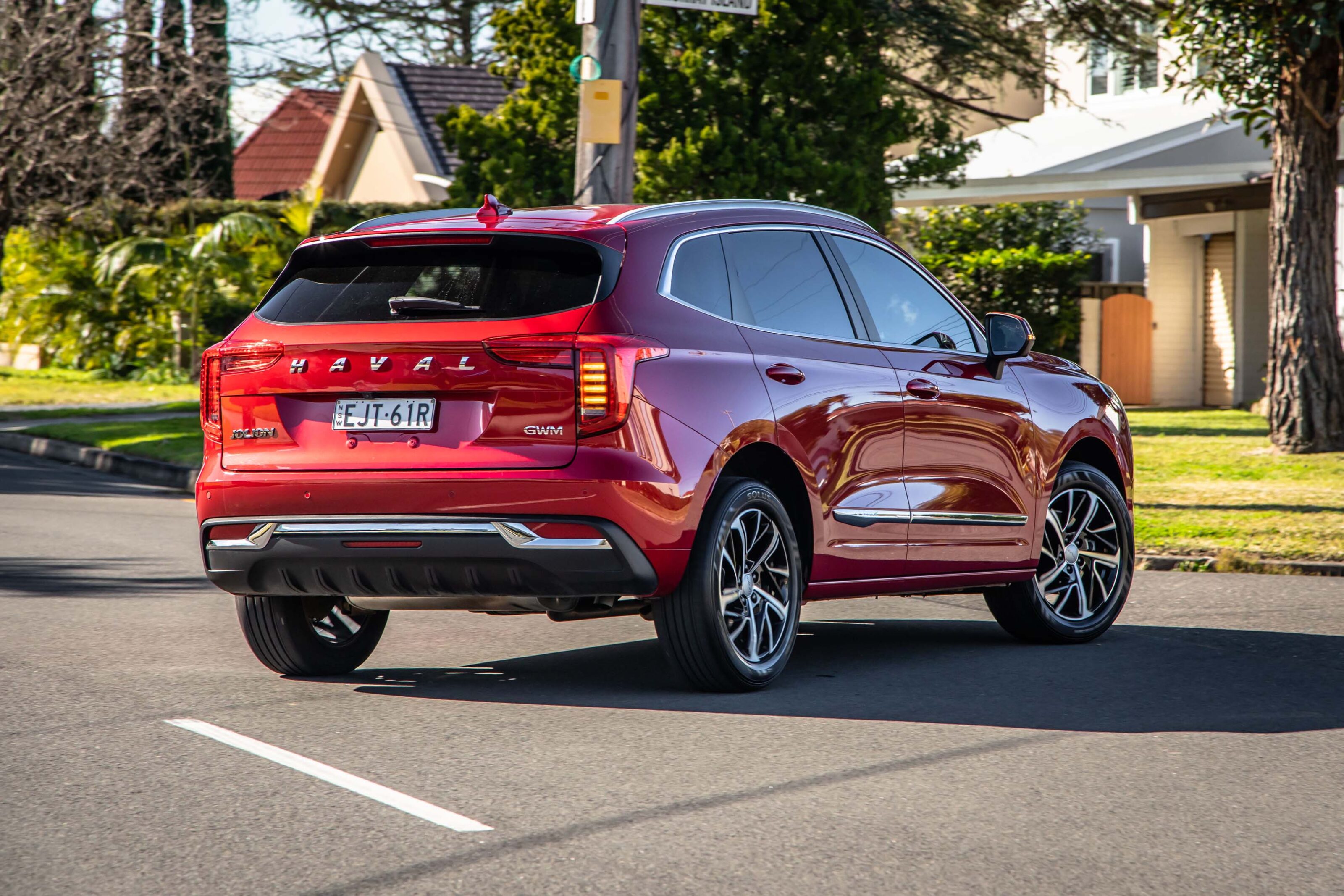
I’m guessing it’s a lack of sound isolation material where the suspension meets the chassis. I’m sure as an owner it will fade into background noise.
Then again, it’s possible that the noise comes hand-in-hand with the larger 18-inch alloys that weren’t fitted to the Lux I drove last year.
As I discovered a year ago, you can’t get the fuel figure from the engine computer, or at least neither I nor the manual could work it out. The ADR testing regime yielded a figure of 8.1L/100km, which seemed about right.
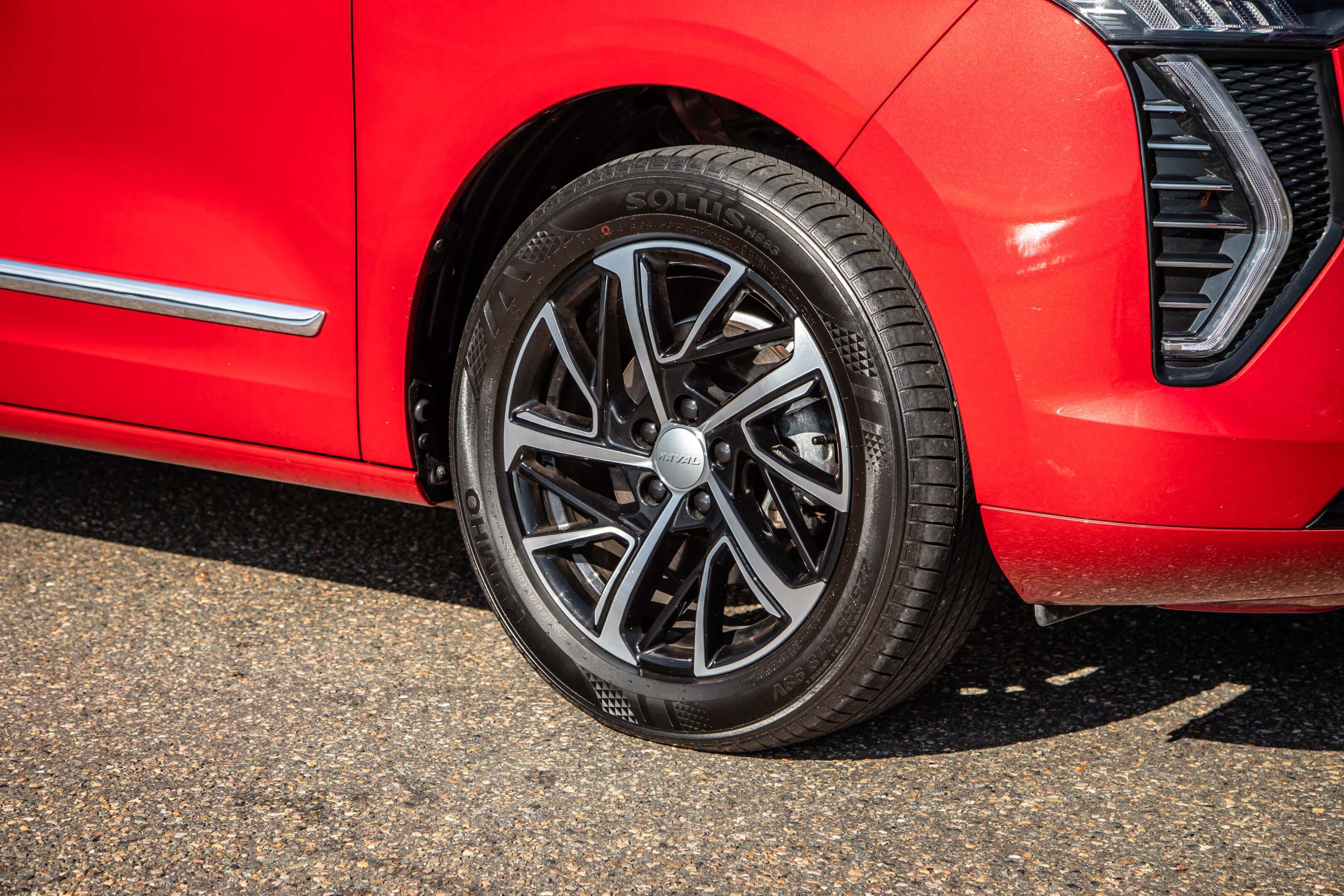
Ownership
Haval sends its cars out with a seven-year, unlimited-kilometre warranty, which is up there with Kia and beaten only by Mitsubishi’s ten-year warranty. There’s a five-year roadside assist package to go with it.
Also lasting five years is the capped-price servicing program. The first service arrives at 12 months or 10,000km but subsequent services stretch to 12 months/15,000km.
The total for the first five services comes out at $1550 or an average of $310 per visit, which is reasonably good value for the segment, really only beaten by Toyota for the Yaris Cross (presumably also the Corolla Cross) and Ford with its Puma, but even then only narrowly.
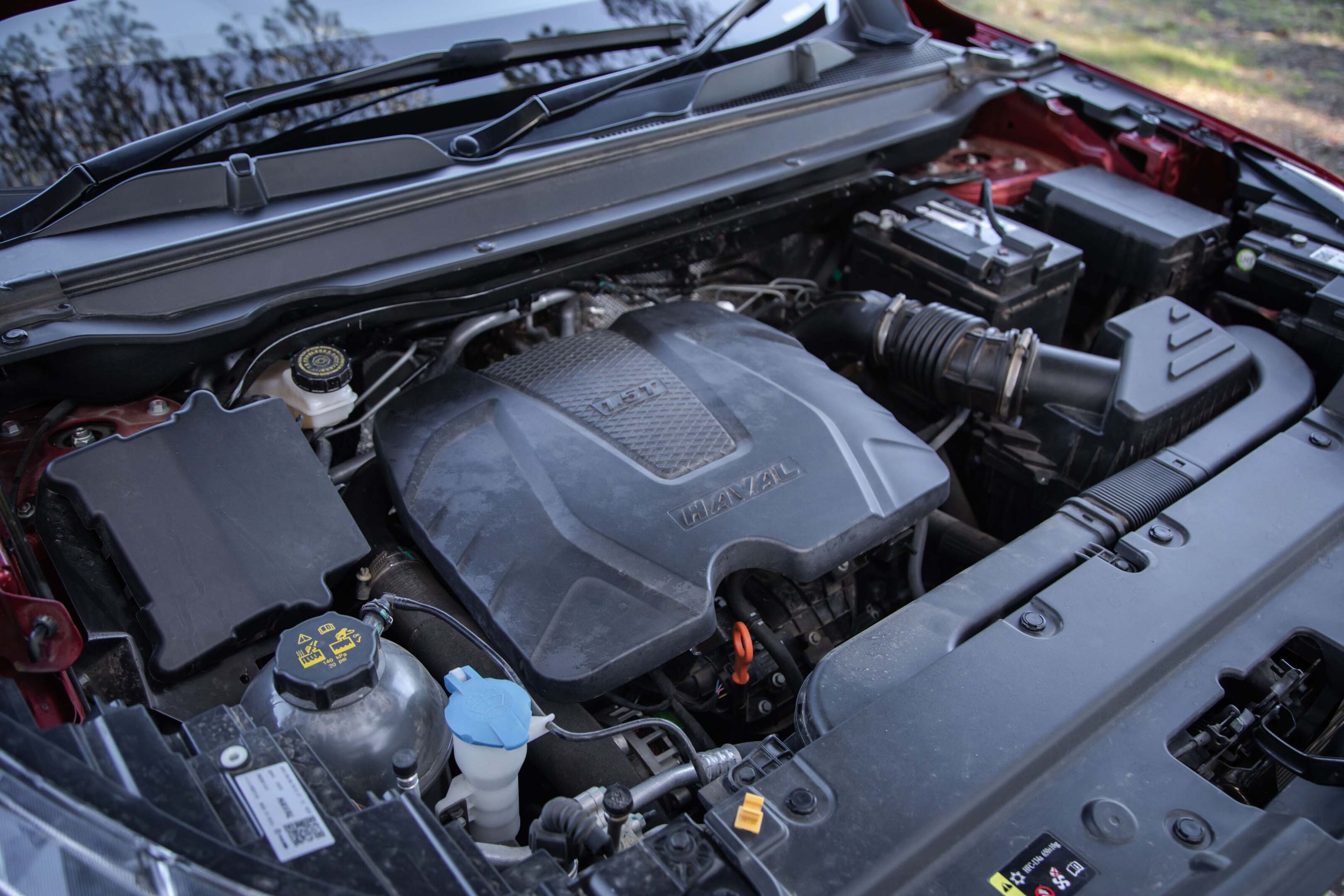
VERDICT
Haval has got most of the big stuff right with the Jolion. It’s hardly the only car in the class with noisy suspension or a klutz of a gearbox, so that shouldn’t work too hard against it. It’s absolutely huge inside for a compact SUV, easily straying into mid-size territory for pure occupant space.
It’s a ton of car for the money but, as ever, you have to really think about whether the top-spec variant is worth the extra. The Lux is $3000 less and is only missing the sunroof, bigger media screen, head-up display and the bigger wheels. These things are nice to have but maybe not three grand of nice to have.
With a bit more polish and a better gearbox, the Jolion would easily punch on with the Korean and Japanese competitors at this price point in the segment. But those final bits of polish are just details. As a whole, the Jolion is a very convincing proposition.
2022 Haval Jolion Ultra specifications
Score breakdown
Things we like
- Solid cost of ownership
- Heaps of gear
- Huge interior
Not so much
- Noisy suspension
- Media and dash software lack polish
- Dithery gearbox
We recommend
-
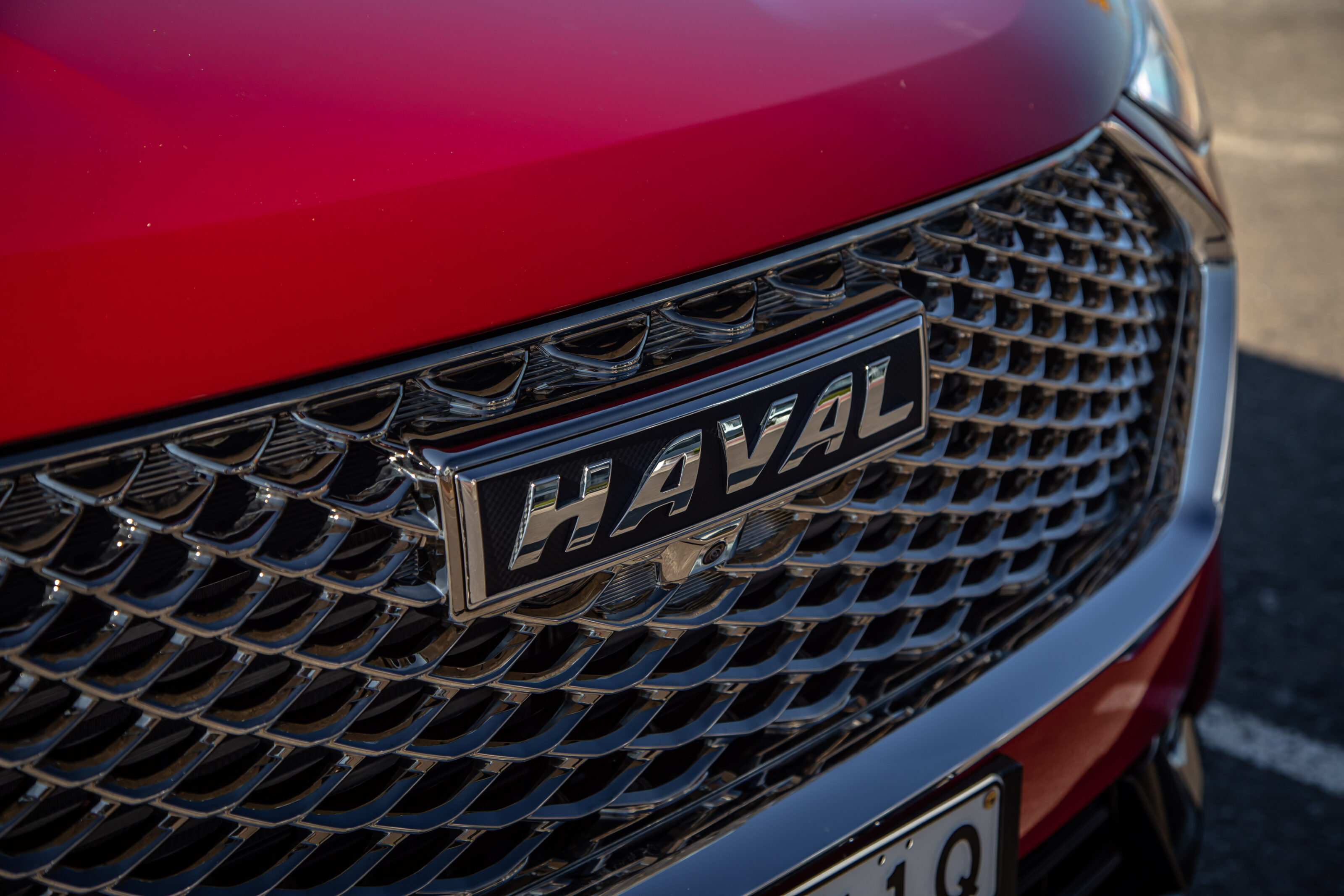 News
News2022 Haval Jolion and H6 prices increase for a second time in months
Haval has applied another price increase across the Jolion and H6 line-ups
-
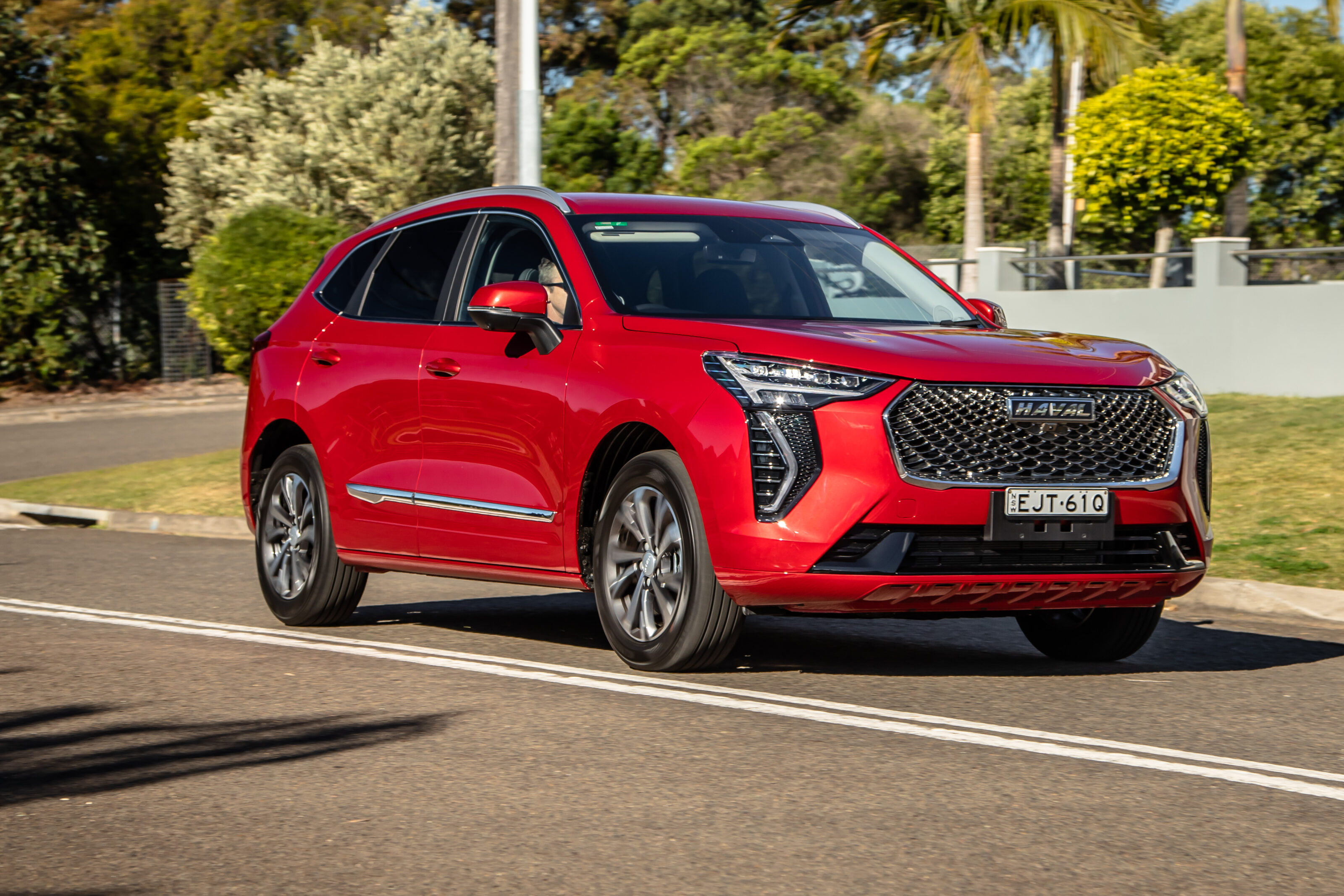 Reviews
ReviewsAustralian first drive: Haval Jolion
The Haval Jolion might have a slightly ridiculous name, but it’s a deadly serious compact SUV
-
 News
News2025 New Car Calendar: All the new cars coming to Australia
Take a look at our list of what is expected to launch in Australia in 2025 – plus those we might not see locally just yet



